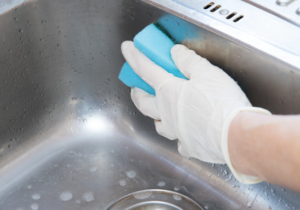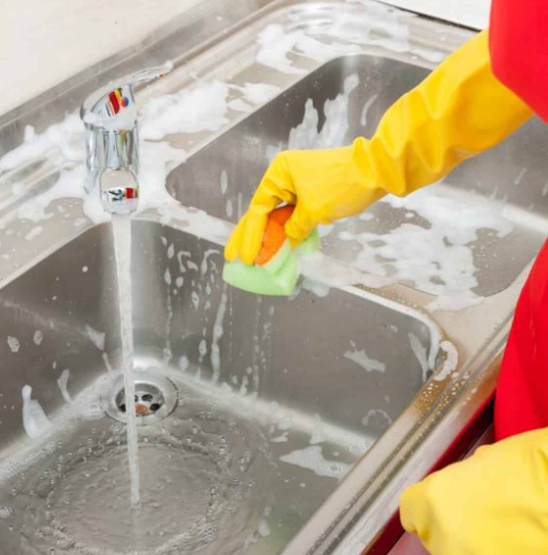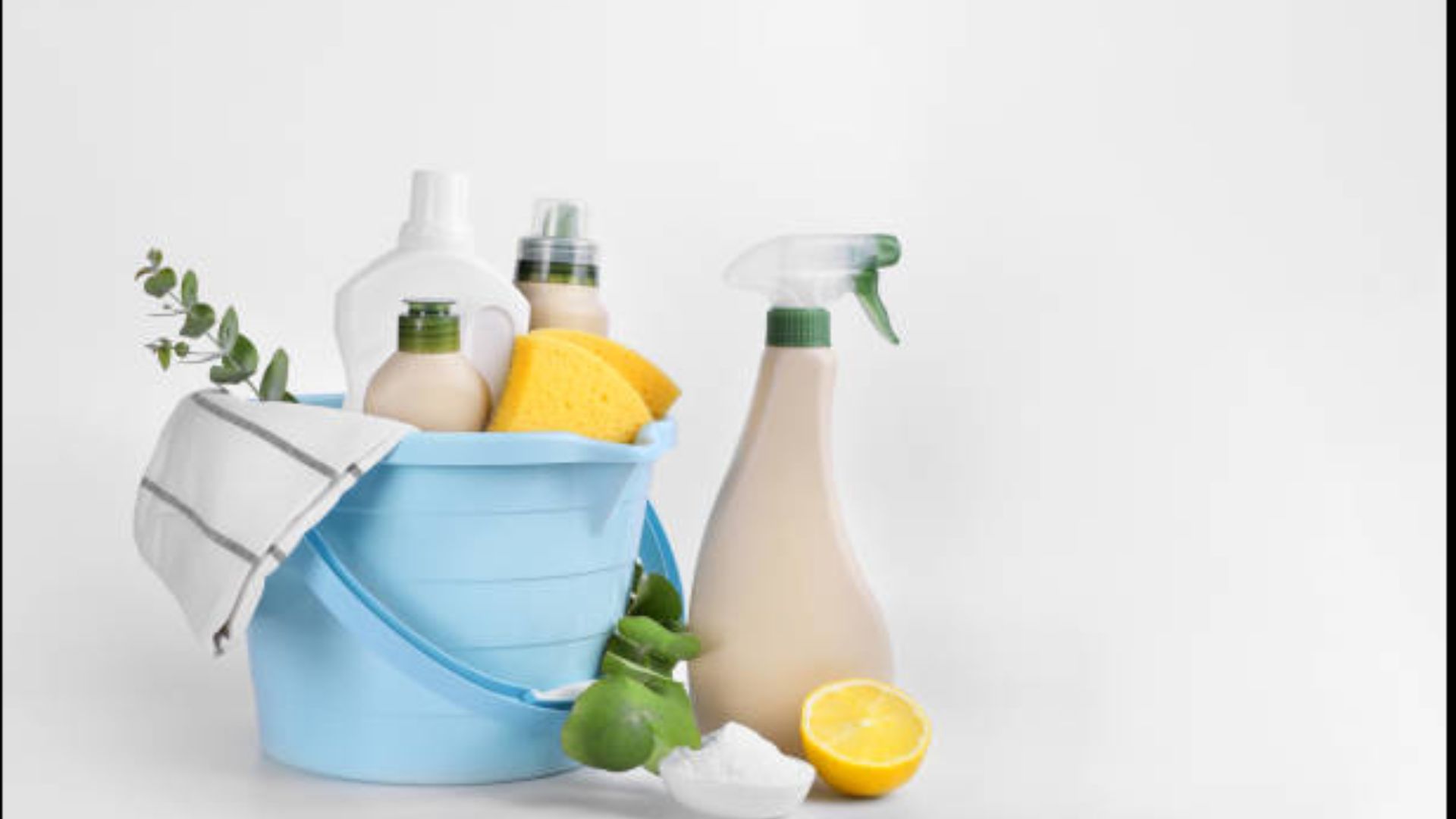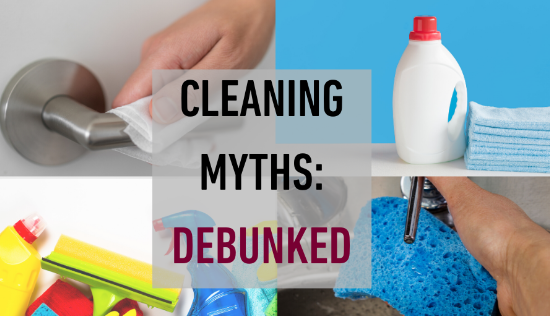A clean and sanitary kitchen sink is essential for maintaining a healthy and inviting kitchen environment. Moreover, over time, sinks can accumulate dirt, grime, and odors, making them a breeding ground for bacteria. Therefore, to ensure your kitchen sink sparkles and remains hygienic, follow our comprehensive guide on cleaning your kitchen sink effectively.
Gather Your Cleaning Supplies
Before you begin, gather the necessary cleaning supplies. You’ll need:
Dish soap
Baking soda
White vinegar
A sponge or scrubbing pad
Old toothbrush
Microfiber cloth
Rubber gloves
With these items at your disposal, you’re ready to start cleaning.
Clear the Sink
Start by removing all dishes, utensils, and debris from your sink. Place them in the dishwasher or wash them separately. This step ensures that you have full access to the entire sink surface.
Rinse with Warm Water
Run warm water over the sink to loosen any loose food particles and debris. This initial rinse will make the cleaning process more efficient.
Apply Dish Soap
Squeeze a small amount of dish soap onto a damp sponge or scrubbing pad. Gently scrub the entire sink, paying special attention to areas with visible stains or residue. Dish soap is effective at cutting through grease and grime.
Use Baking Soda for Stubborn Stains
For tough stains or spots, sprinkle baking soda over the affected areas. Baking soda is a natural abrasive that helps lift stains and odors. Let it sit for a few minutes, then scrub with your sponge or scrubbing pad.
Scrub Corners and Edges
Don’t forget to clean the corners and edges of your sink, where dirt and grime tend to accumulate. An old toothbrush can be particularly handy for getting into these tight spaces.
Rinse Thoroughly when Cleaning Your Kitchen Sink
Once you’ve scrubbed the sink, rinse it thoroughly with warm water. Therefore, make sure to remove all traces of soap and baking soda.
Disinfect with White Vinegar
To disinfect your sink and kill any lingering bacteria, pour white vinegar over the entire surface. Vinegar’s acidic nature helps eliminate germs and neutralize odors. Furthermore, allow it to sit for a few minutes before rinsing with water again.
Pay Attention to Faucets and Handles
Don’t overlook the faucet and handles; they can also harbor bacteria. Wipe them down with a cloth soaked in white vinegar or a disinfectant cleaner. Moreover, be sure to get into the crevices where dirt can accumulate.

Dry and Shine
In addition, use a microfiber cloth to dry your sink thoroughly. Drying is crucial because it prevents water spots and keeps your sink looking shiny. Plus, it’s an extra step in ensuring no lingering bacteria survive.
Deodorize Your Sink
To leave your sink smelling fresh, place a few lemon or orange peels in the drain and run hot water over them. Therefore, the natural citrus oils will help deodorize your sink, leaving it smelling delightful.
Maintenance Tips
Now that your kitchen sink is spotless and fragrant, here are some tips to help you maintain its cleanliness:
Daily Rinse
After each use, rinse your sink with hot water and wipe it down with a clean cloth or sponge. Moreover, this quick routine will prevent food particles and stains from accumulating.
Weekly Deep Clean
In addition, give your sink a more thorough cleaning at least once a week to ensure it remains sparkling clean.
Avoid Harsh Chemicals
Refrain from using harsh chemicals or abrasive cleaners on your sink, as they can damage the surface over time.
Avoid Leaving Standing Water
Additionally, standing water in your sink can lead to mineral deposits and stains. Always dry it after use.
Be Gentle with Stainless Steel
Finally, if you have a stainless steel sink, avoid using steel wool or abrasive pads, as they can scratch the surface. Stick to soft sponges or brushes.
Conclusion
In conclusion, a clean and well-maintained kitchen sink not only enhances the overall aesthetics of your kitchen but also promotes a healthier living environment. By following the steps outlined in this guide and adopting good sink maintenance habits, you can ensure that your kitchen sink continues to shine and remains a hygienic centerpiece of your culinary space. Therefore, with a little effort, cleaning your kitchen sink will be a source of pride and cleanliness for years to come.











